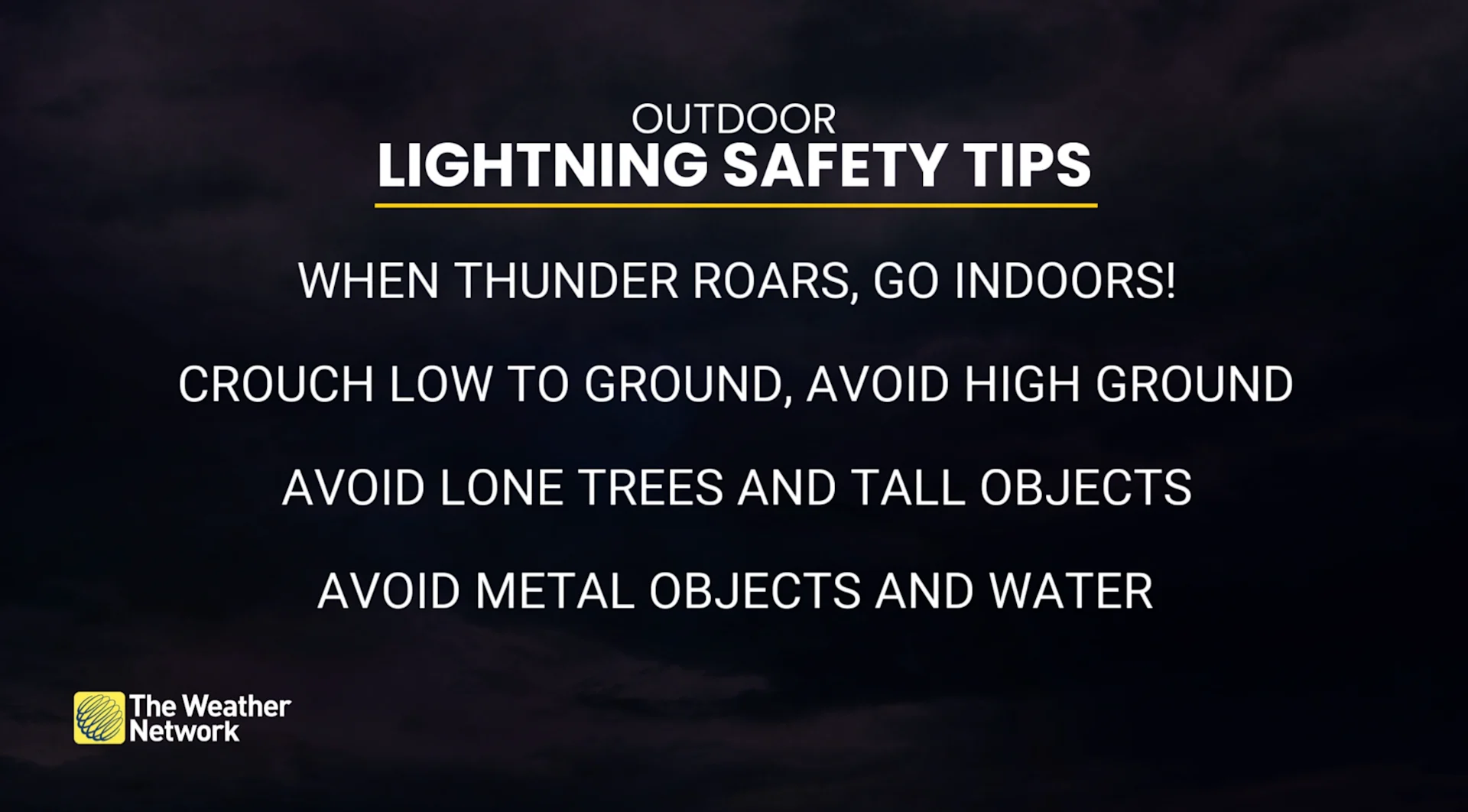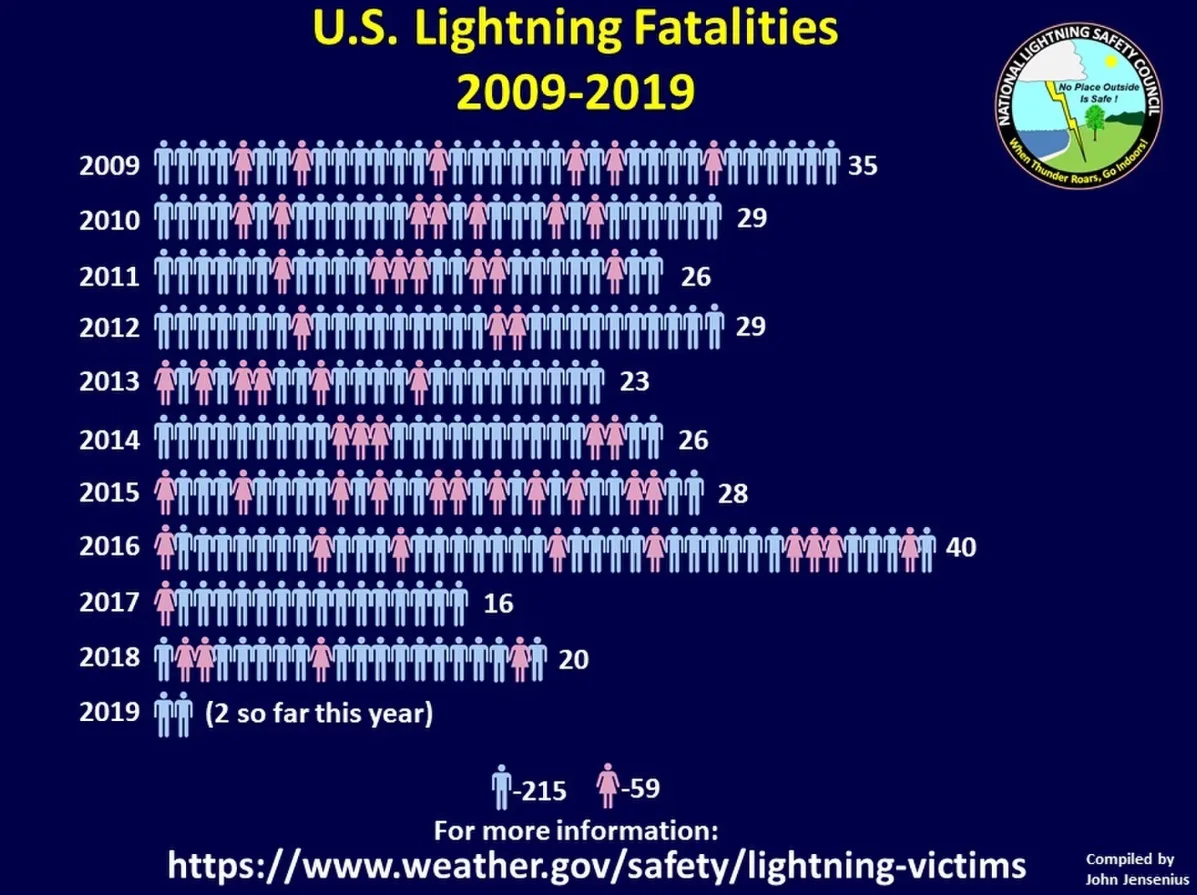
'It's a myth': Tires don't protect vehicles from lightning
Around a dozen motorcyclists have been killed by lightning in the U.S. since 2006.
An Edmonton woman is recovering in the hospital after being struck by lighting Thursday. She was crossing the street when a witness recalled hearing a "big boom" and seeing a "loud flash."
She was transported to the hospital in critical condition but is expected to make a full recovery.
The city was under a severe thunderstorm warning at the time, and the incident serves as a reminder of the dangers of severe thunderstorms.
Rubber tires won't protect you

In 2019, a 45-year-old motorcyclist died in Florida after being struck by lightning. While the odds of being hit are about 1 in 500,000, the incident is one of around a dozen lightning-related deaths involving a motorcycle in the United States since 2006 -- although not all of the drivers were on their vehicles at the time. In those instances, the victims were either leaning on their bikes or standing nearby.
While rubber is an electrical insulator, it's a misconception that rubber tires protect against lightning.
“There’s still the myth that rubber tires protect you,” John Jensenius, now retired, of the National Lightning Safety Council told the Daytona Beach News-Journal in 2019.
“They do nothing to protect you.”
While the tires won't help, a hard roof on a vehicle will. That's because the because metal keeps the electrical charge in the outer shell and away from the interior.
"If struck, the electrical charge will pass around the metal shell of a hard-topped vehicle and into the ground, often passing through or over the tires," Jensenius said.

Courtesy: National Lightning Safety Council
"If people can't get inside a substantial building, we recommend that they get inside a hard-topped metal vehicle with the windows rolled up."
Experts say rubber-soled shoes aren't likely to provide any protection, because they're often too thin to guard against a powerful strike.
RELATED:
You can run, but you can't hide
Jensenius says it's impossible to "out-run" lightning, even when travelling at high speeds.
"The time it takes to go from the cloud base to the ground is only a small fraction of a second," Jensenius said. "During this time, anything traveling at highway speeds is virtually standing still with respect to the lightning."
